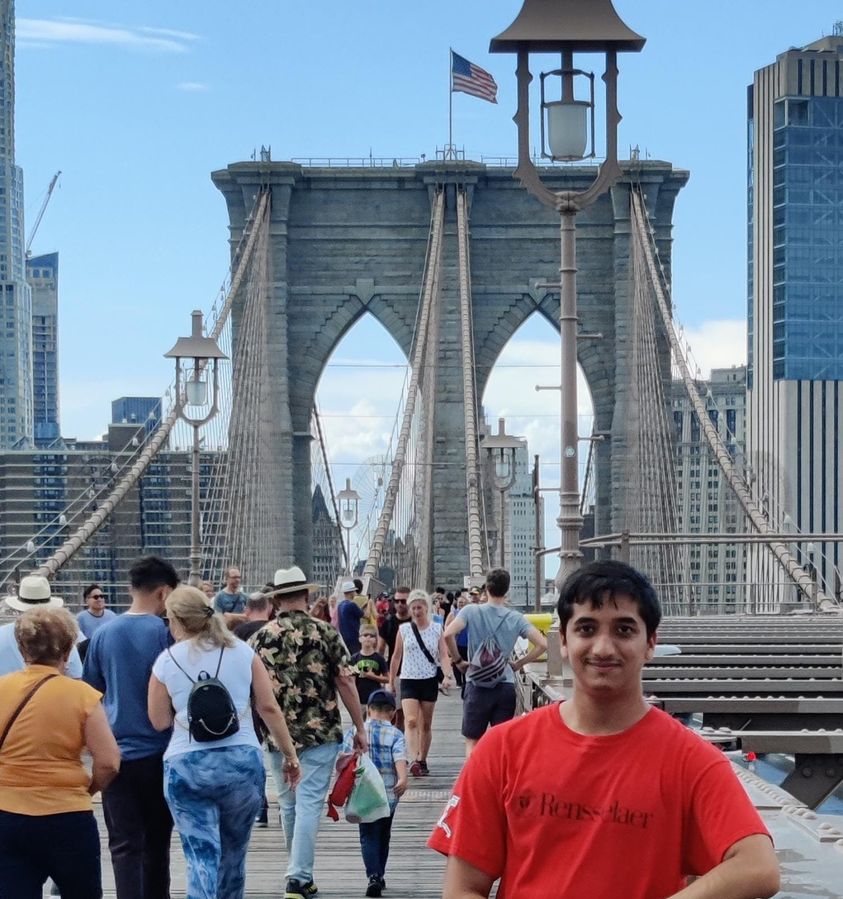In the early 1800s, NYC was trying to solve an optimization problem. The only way people and goods could move between Manhattan and Brooklyn was via ferries across the East River. Various alternatives to this painfully slow mode of transportation were discussed at the time, but the one that was finally picked was a suspension bridge proposed by a Prussian immigrant. John Roebling, a civil engineer from the Bauakademie in Berlin spent years designing the bridge and negotiating with the authorities before finally being awarded the contract.
Unfortunately for John, he would never see his bridge completed. A few years into the bridge's construction, an accident at the site led to Roebling contracting a fatal tetanus infection. Fortunately for him, he had a very competent son, Washington Roebling, who continued his work.
In another cruel twist of fate, Washington got injured while supervising the bridge’s construction rendering him bedridden and almost entirely paralyzed. This is where his wife Emily Roebling stepped in and acted as a bridge between her husband and the on-site engineers. Together, the second generation of the Roebling family saw the bridge to completion. This bridge was initially called "the New York and Brooklyn Bridge", but today we know it simply as the Brooklyn Bridge.
Now for the "important" part. Washington Roebling pursued his higher education at the Rensselaer Polytechnic Institute, and the Roeblings spent a large part of their lives in Troy, NY. I have a soft spot for anything to do with RPI or Troy, so here’s a picture of me in my RPI shirt, standing in front of the Brooklyn Bridge.

Thanks for reading this post. I'd love to hear your thoughts! Click here to send me your comments.
Liked what you read? Check out all my other posts here!
